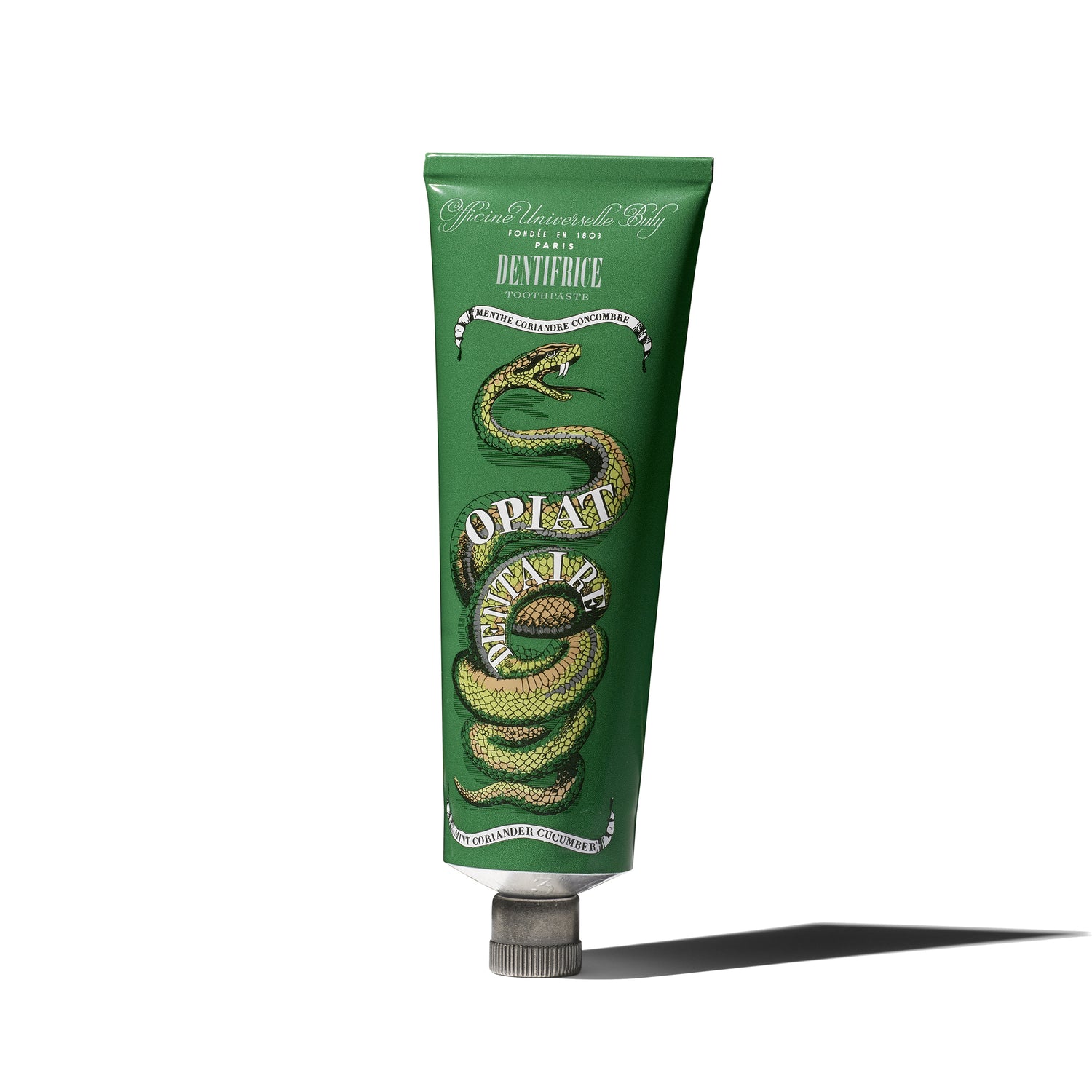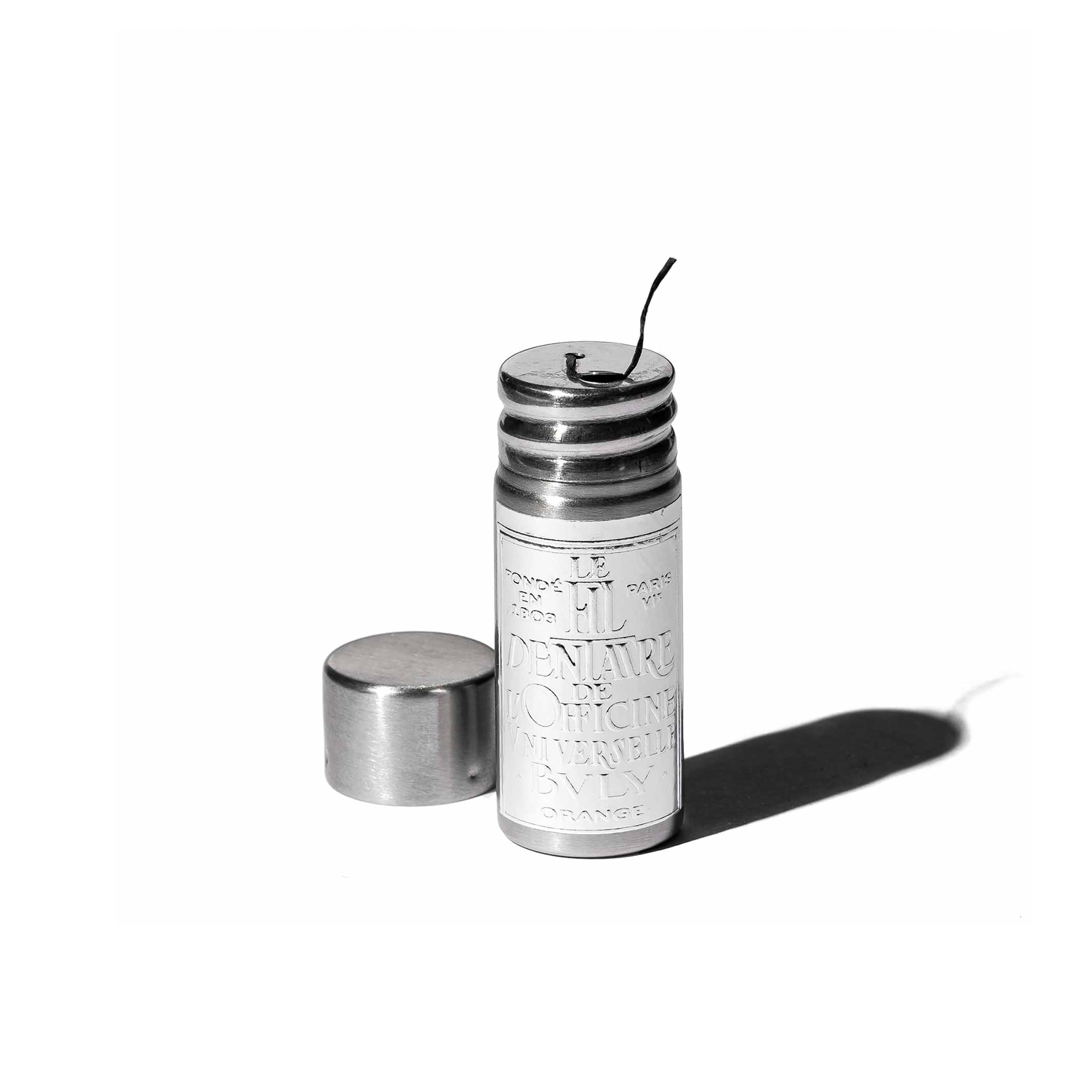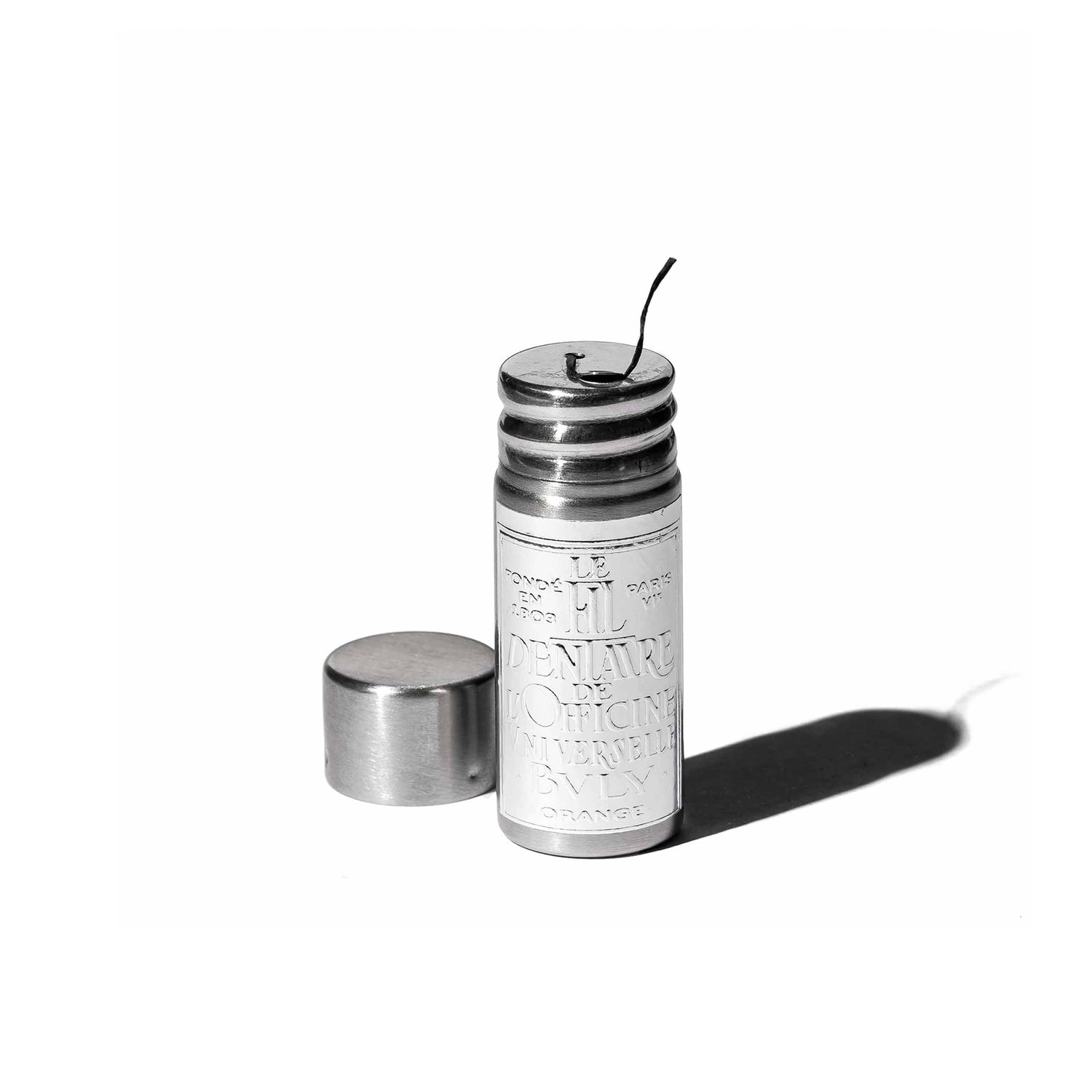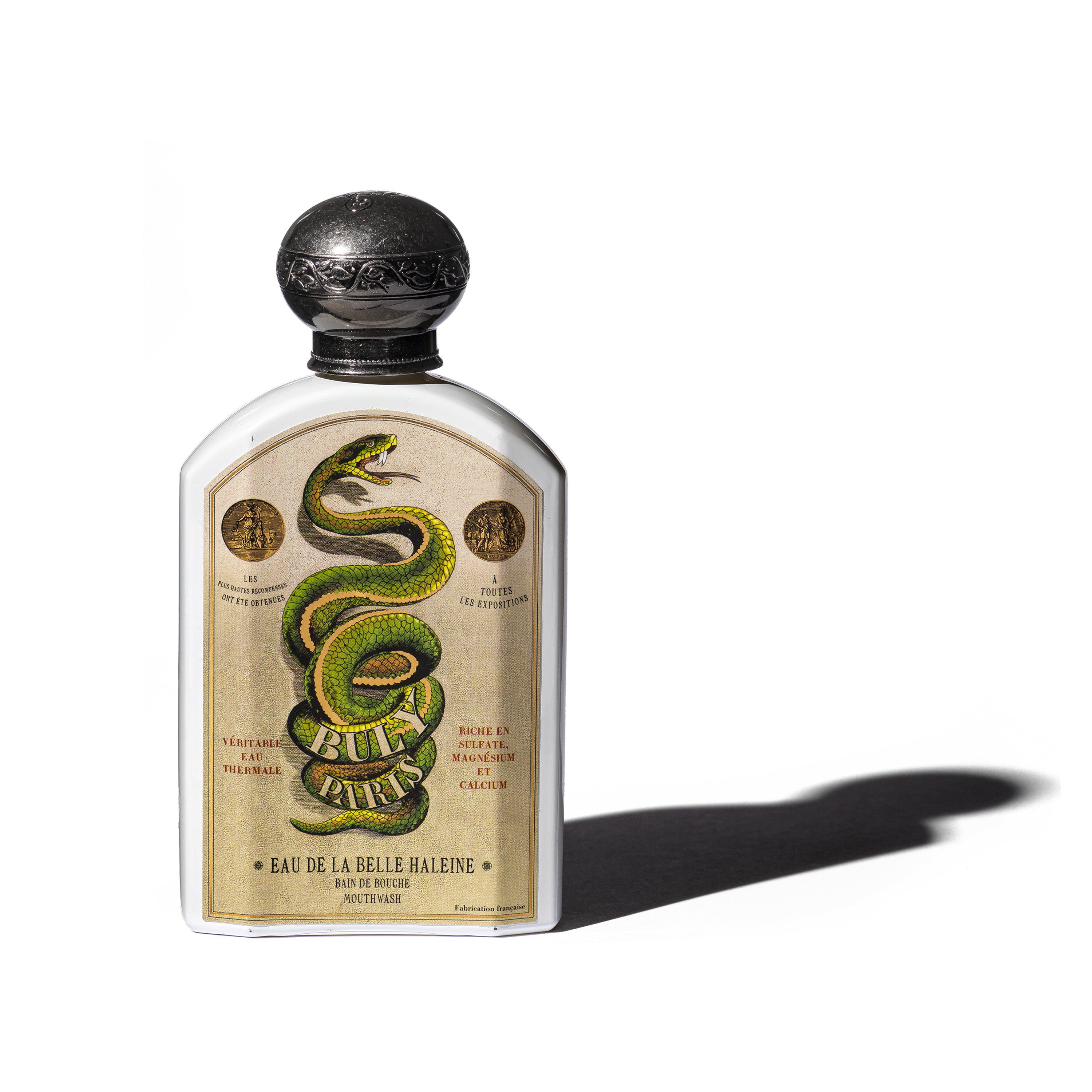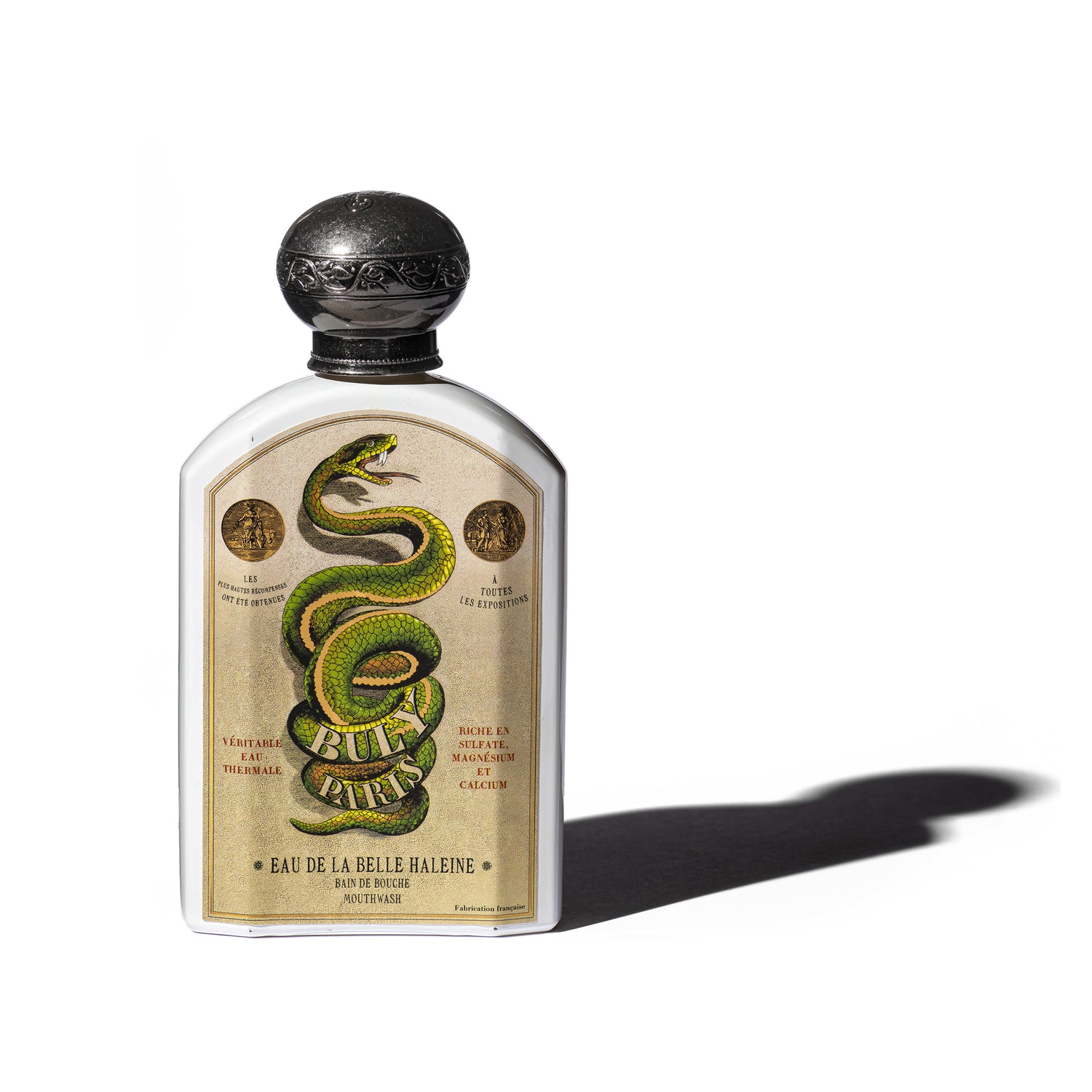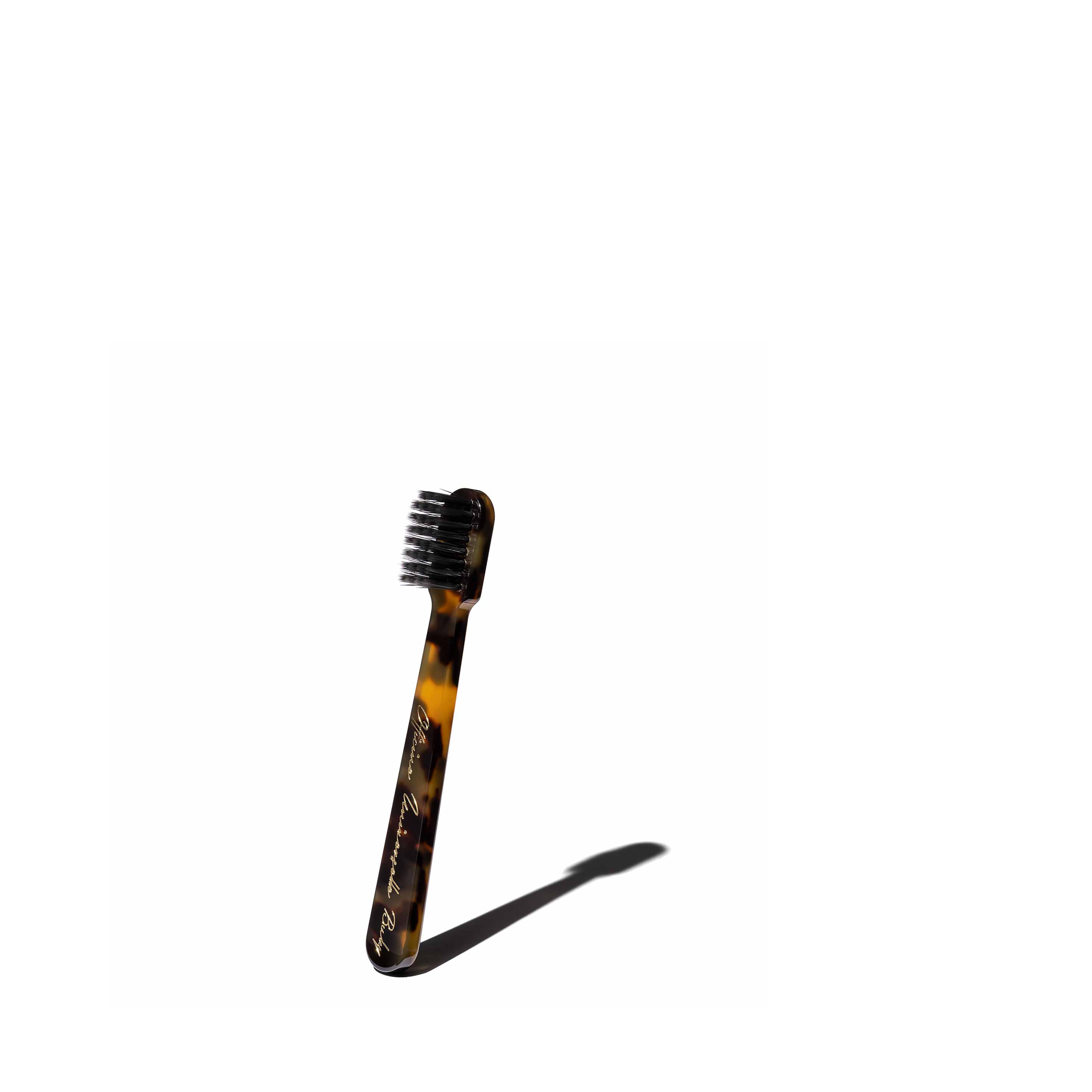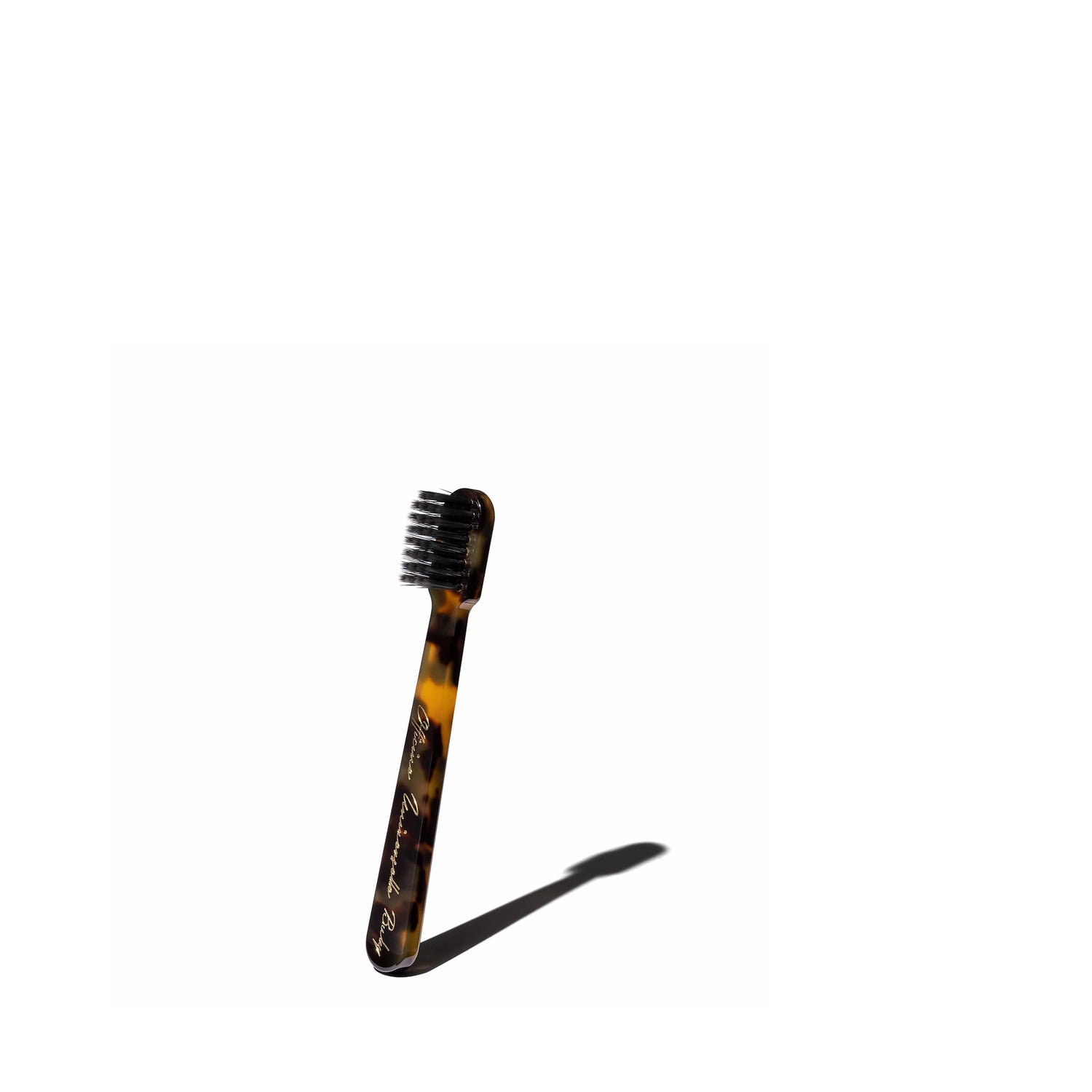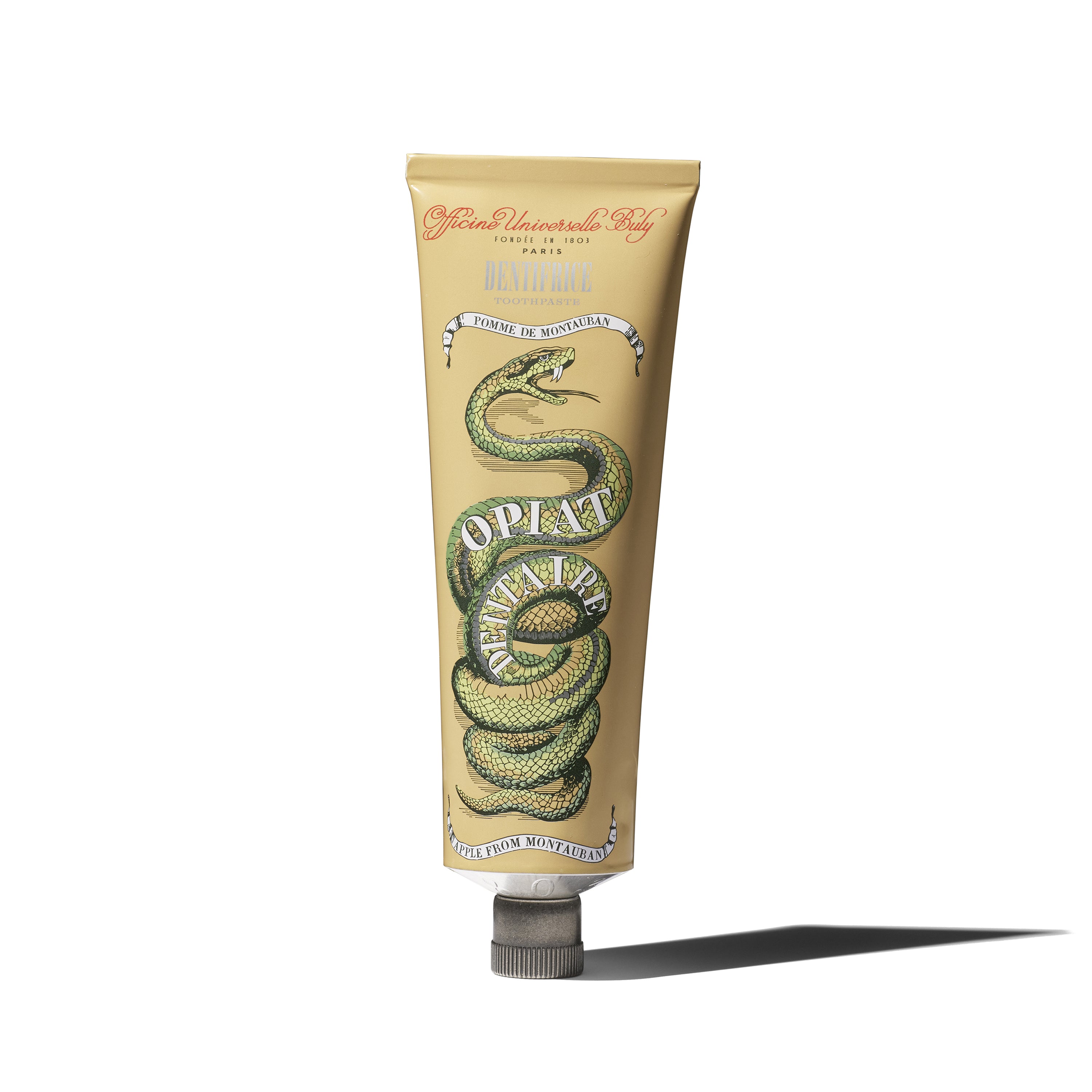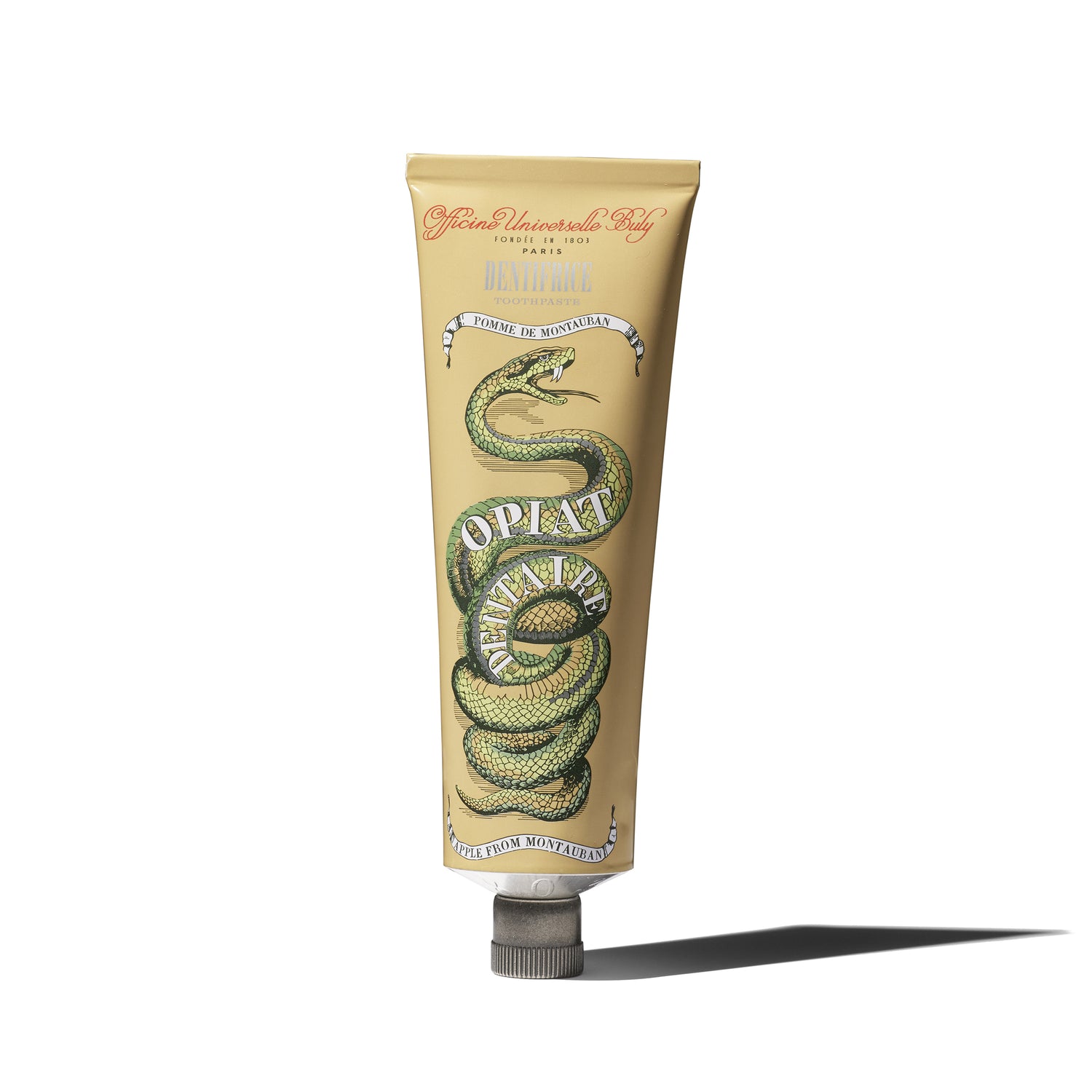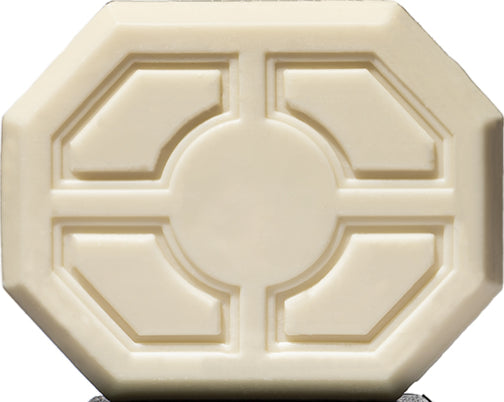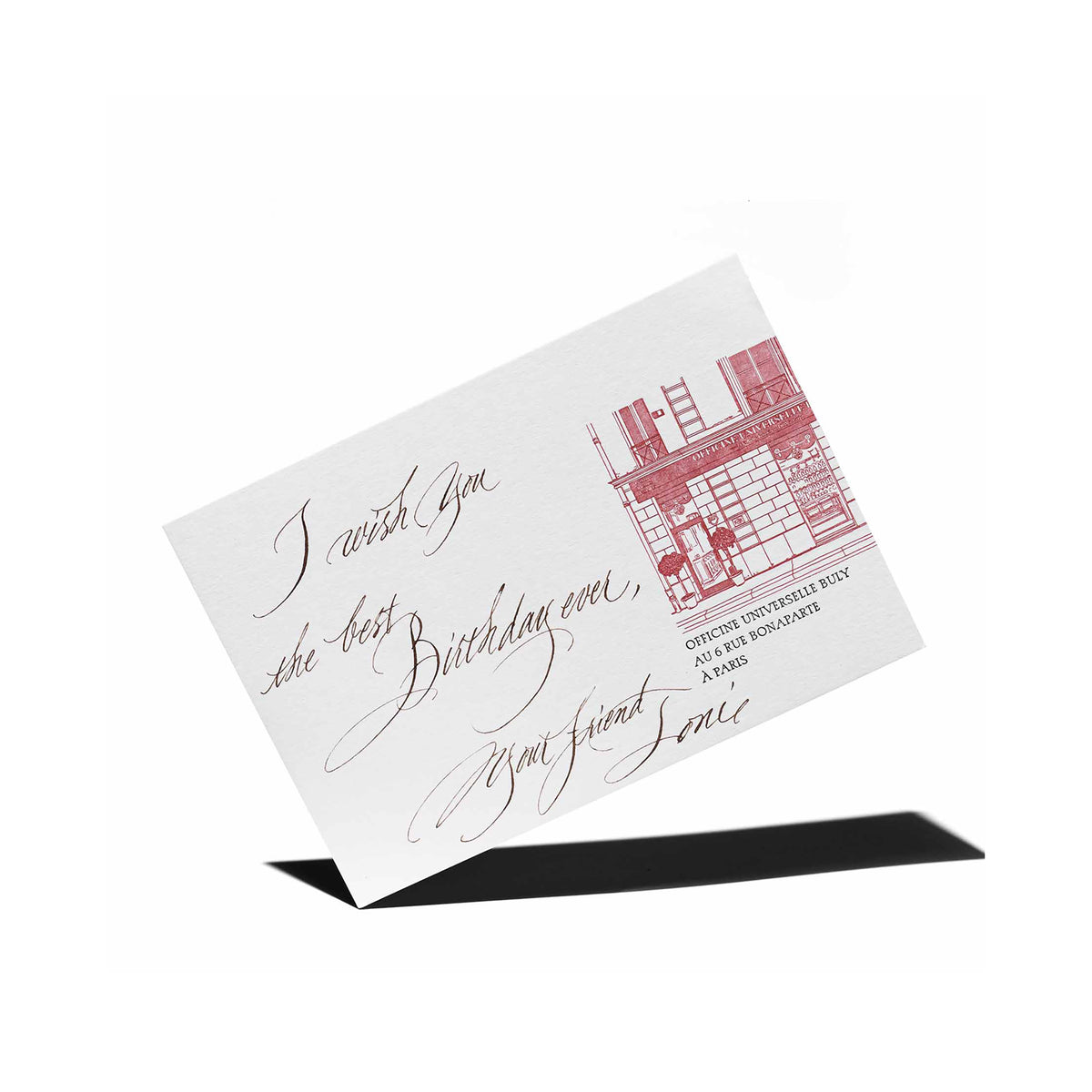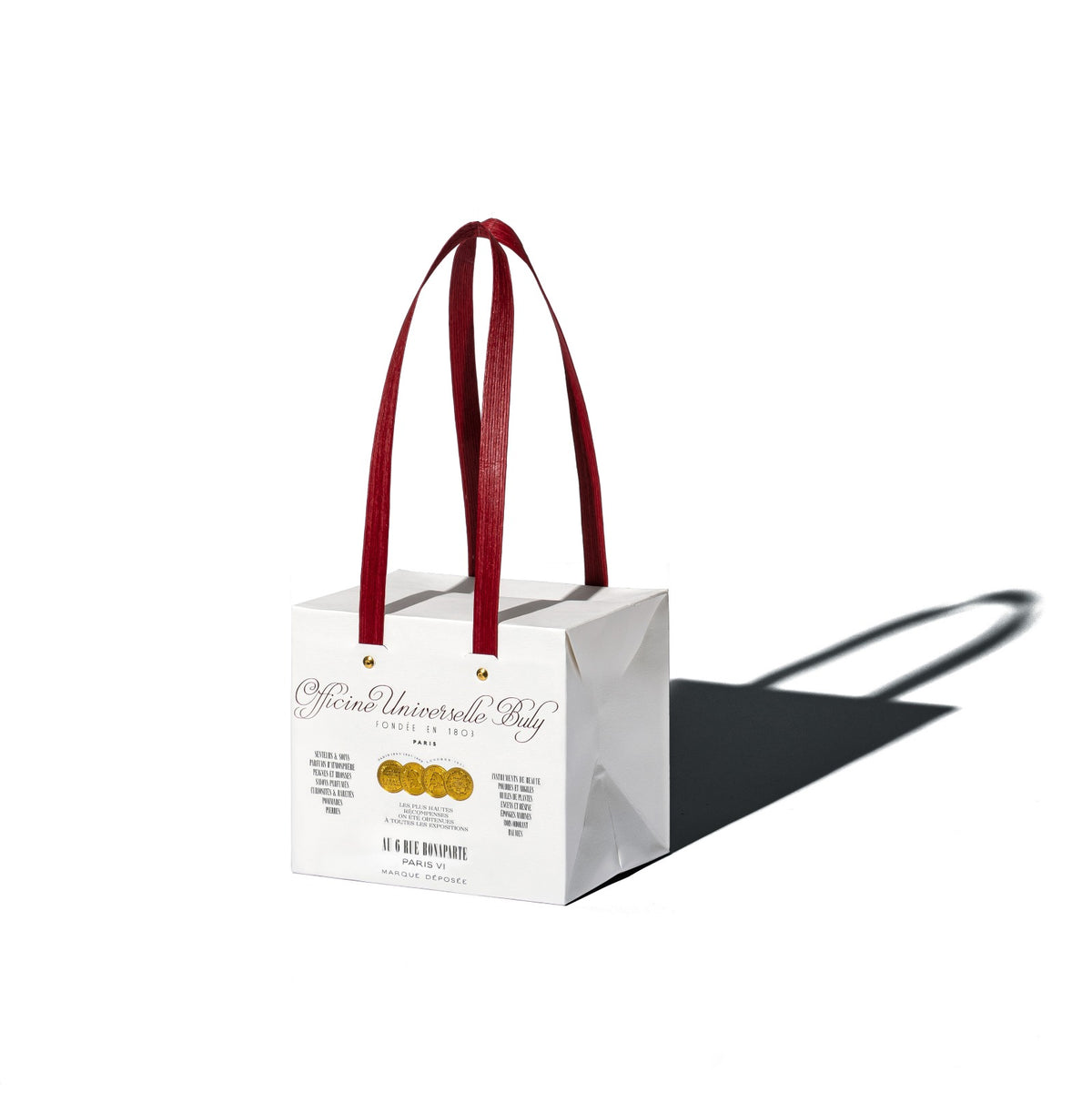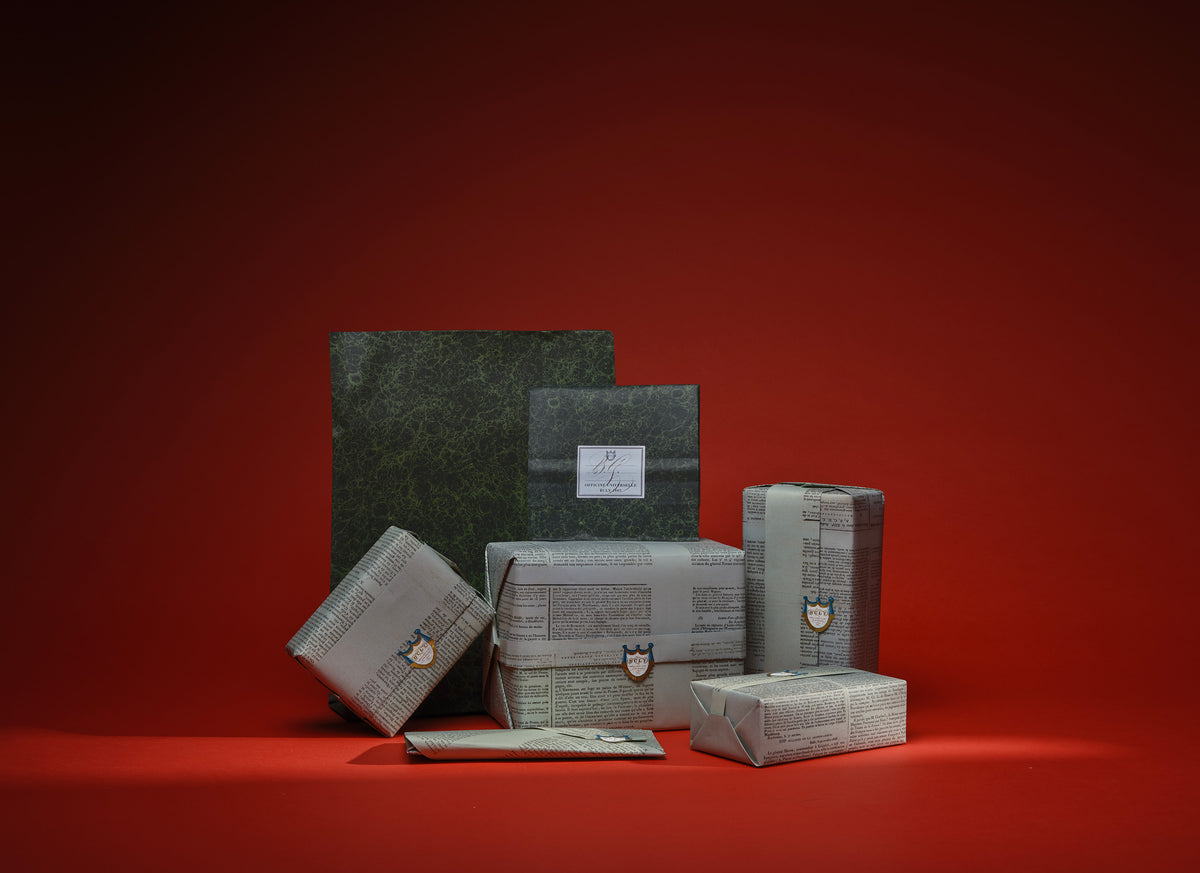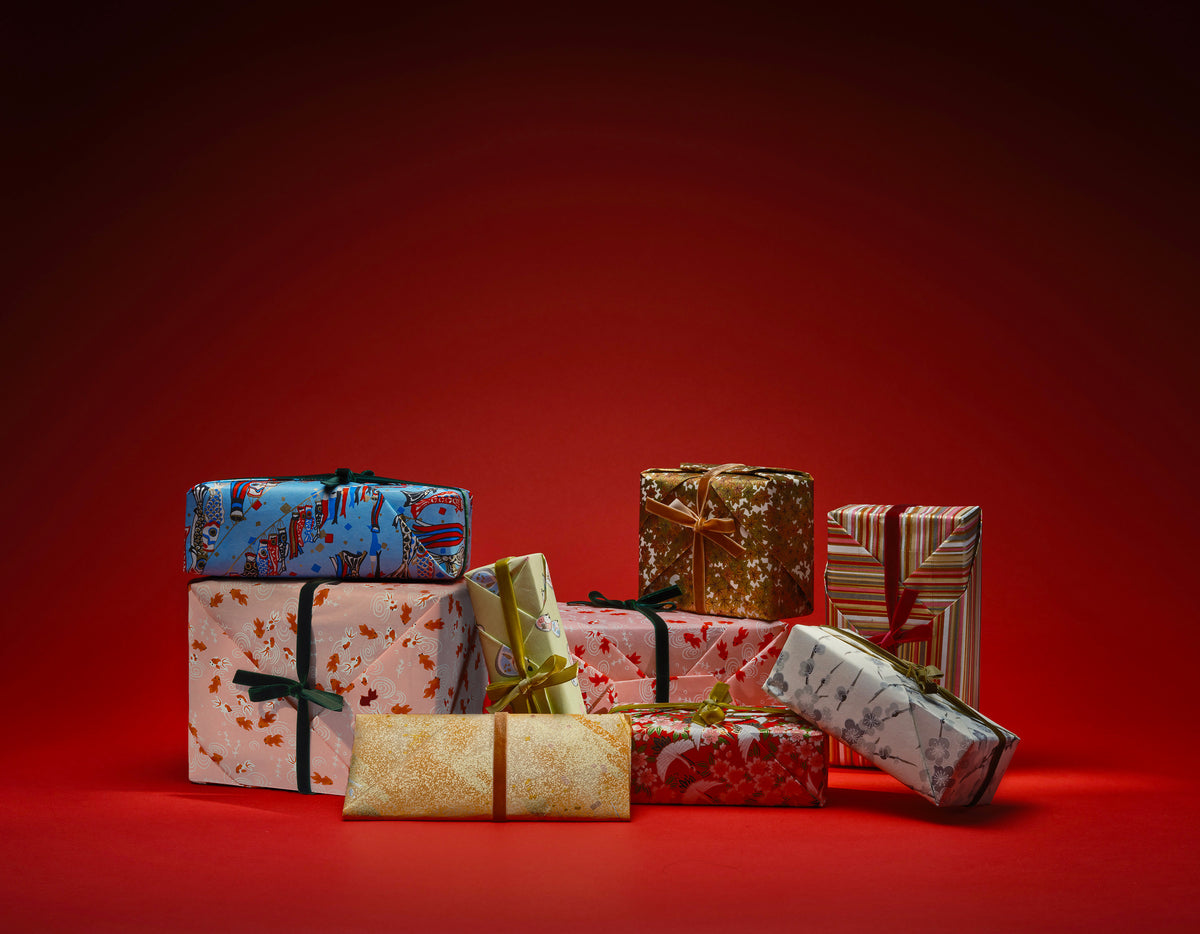In Louxor, in 1862, Edwin Smith discovered an invaluable papyrus: the oldest known medical treatise from Ancient Egypt. This precious manuscript contained a recipe for toothpaste used three thousand years BC. This medicinal paste, made with honey, palm fruit powder and green lead powder, was applied on the teeth with small wooden sticks frayed at their ends into flexible fibres: toothbrushes…
In order to neutralize bad breath, Egyptian women used mixtures (known as pan) of cardamom pods and aromatics as mouth fresheners.
Later, Ovide would say very eloquently to Roman beauties, “The care you give to your pleasant person can be inferred from the pink flesh of these lips, these gums, and from the white gleam of the two rows of pearls illuminating your small face.”
If ancient treatises delight us with their attention to the beauty and charm of good-looking teeth, they do not shy away from the less elegant aspects of oral hygiene. In China, Assyria or Ancient Greece, dental paste was supplanted by popular superstition advocating more or less bizarre recipes. Made with human urine, fermented plants, animal excrement, viper fat or animal ashes, the mixtures seem to have a purpose that is neither medical nor aesthetic. Whether they aim to drive away demons or the toothworm thought to be responsible for toothache, the remedies designed for oral care inspire the most unexpected inventions. For Pliny the Elder, the ash of a burnt hare’s head serves as a toothpaste. As for our toothbrushes’ ancestor, the chew stick, it seems that it was not only used for teeth cleaning but also had important ceremonial and ritual purposes.

ROUTINE ABLUTIONS MAKE FOR A CHARMING FACE
Hippocrates was the first to recommend the use of toothpaste and of vinegar as a mouth wash. In Rome, it was common practice to rinse the mouth using a concoction of dried roses and oats cooked in wine. Dentifrice comes from the Latin dentifricium, literally “rub the teeth”. A topical subject of beauty, the mouth was for Apuleius “the soul's antechamber, the portal of speech, and the gathering place where thoughts assemble”. Needless to say, dental cosmetics and remedies in the form of elaborate, scented mixtures multiplied.
DID SOMEONE SAY "ABRASIVE"?
Powders for the mouth proliferated in the Roman era, with quite astounding formulae: ground glass (ouch), ammonia salts (wow), and potassium carbonate (now we’re talking) are added to a substrate of sun-dried roses.
It wasn’t until the Middle-Ages that teeth whitening became a prophylactic measure and not just an aesthetic one. In the 14th century, oral hygiene theories started to include the idea of prevention, a concept developed by Guy de Chauliac, who recommended using brandy as a mouthwash, and provides several dentifrice recipes. During the following centuries, dental accessories were developed along with hygienic principles, turned sometimes into precious jewels kept in finely crafted boxes. Gold or silver toothpicks, tongue scraping spoons and escuretes (earpicks) make up the furgeoir, or Châtelaine de Chine, a toilet implement not unlike a swiss-army knife, before toothbrushes became widespread.
THE FIRST TOOTHBRUSH
The first toothbrush, made of hog bristles attached to a bamboo stick, appeared in China in the 15th century. This little instrument was not adopted in France until the 17th century. Gilded, with silver swirls, horsehair brushes may be beautiful but still arouse suspicion.
Pierre Fauchard, dental surgeon (1678-1761), knocked holes in popular beliefs and allowed a truly scientific method to develop. By denouncing this charlatanism, he brought medicinal pastes back into public acceptance and recommended brushing teeth with a small sponge soaked in water to fortify the gums and strengthen the teeth. Myrrh, ginger, mint and rose honey became part of the oral hygiene routine.

WATER IS THE LIFE SOURCE OF CONTEMPORARY DENTIFRICES
Farewell, pumice stone powder and cuttlefish bone. Away with traumatizing abrasive powders, away with the chalk-soap-menthol formula, our beautiful teeth are finally treated more gently by our modern dentifrice. Water is its primary component.
The sulphurous spring from the Grande Fontaine de Castéra-Verduzan, famous for its healing virtues – already praised by Louis XV’s physician for treating oral ailments – is an invitation to mouthwashing and gargling. With a formula filled with minerals, it has unique therapeutic properties for teeth and gums. After this leap in time, let us give Marmont, Napoléon’s official dentist, the last charming word: “Rather than one glance from your eyes, I prefer a smile from your mouth alone.”
Caroline Amberger





